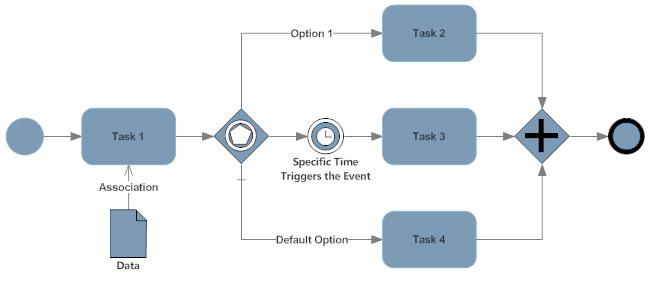
This allows the important element of business process to be part of an integrated, holistic set of requirements information that enables teams to analyze, manage change, and assess impact. Those process models can be related to other artifacts, including textual requirements, user stories, screen mockups, storyboards, test cases, and business rules. Teams can collaboratively create process models (and many other models) in Blueprint. How Blueprint Helps Teams Leverage the Power of Process Modelsīlueprint provides teams powerful, easy-to-use modeling capabilities in a robust Agile requirements platform. Models can be as simple or detailed as the Business Analyst needs. In most tools that support visualization, including Blueprint, creating a process flow is an easy drag-and-drop process. This supports an improved understanding of how users and systems interact to deliver some form of value. Including system processes, user behavior, and business processes. They can be used to describe a variety of perspectives.This traceability is crucial for illustrating compliance and requirements-to-test coverage. A process flow – or even a single step within that flow – can relate to a regulatory requirement, a business objective, or another, higher-level process flow. They help drive out user stories and provide cues for all team members, including developers and testers, to define scenarios and understand exceptions. They are powerful when eliciting requirements.They provide a broad understanding of requirements in context, which leads to improved elicitation, analysis, and traceability. Process models tie requirements to a bigger picture.If your Business Analysts aren’t creating them, they should, because: Process models depict steps, transitions, states, and decision points in a business and/or system process. One of the most commonly used visual models in the Business Analyst’s toolkit is the process model, often called a business process model or process flow. Process Models Are Among the Most Powerful

#Business process modelling standards software#
When used as an integral component of requirements documentation, they boost understanding, bringing software to life before it has been developed and enabling teams to find errors early. Models allow business analysts to illustrate objects, their behaviors, and the relationships between them. In fact, industry associations, like PMI and the International Institute of Business Analysis (IIBA) have identified visualization as one of the most powerful weapons organizations can use to reduce rework and improve business-IT alignment. That’s why teams have increasingly adopted the best practice of visualization – the use of models, like diagrams, screen mockups, and prototypes – to enrich textual requirements. People miss, misunderstand, and misinterpret software requirements when they’re delivered solely in the form of textual statements embedded in a lengthy Business Requirements Document (BRD) or Agile project backlog.


 0 kommentar(er)
0 kommentar(er)
